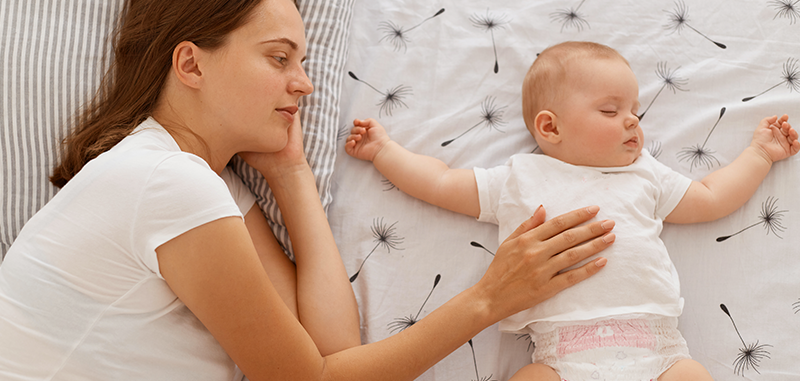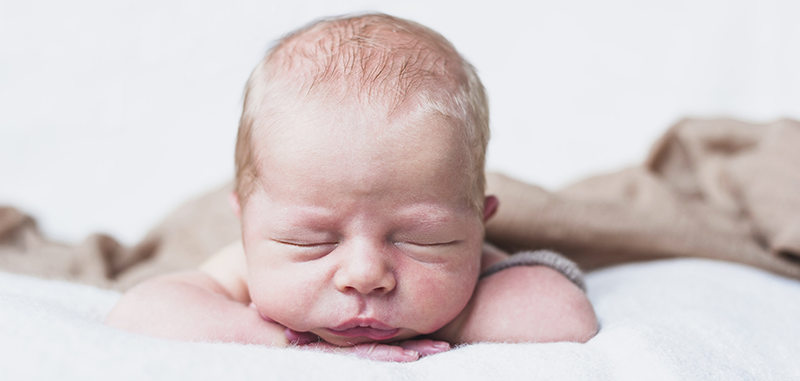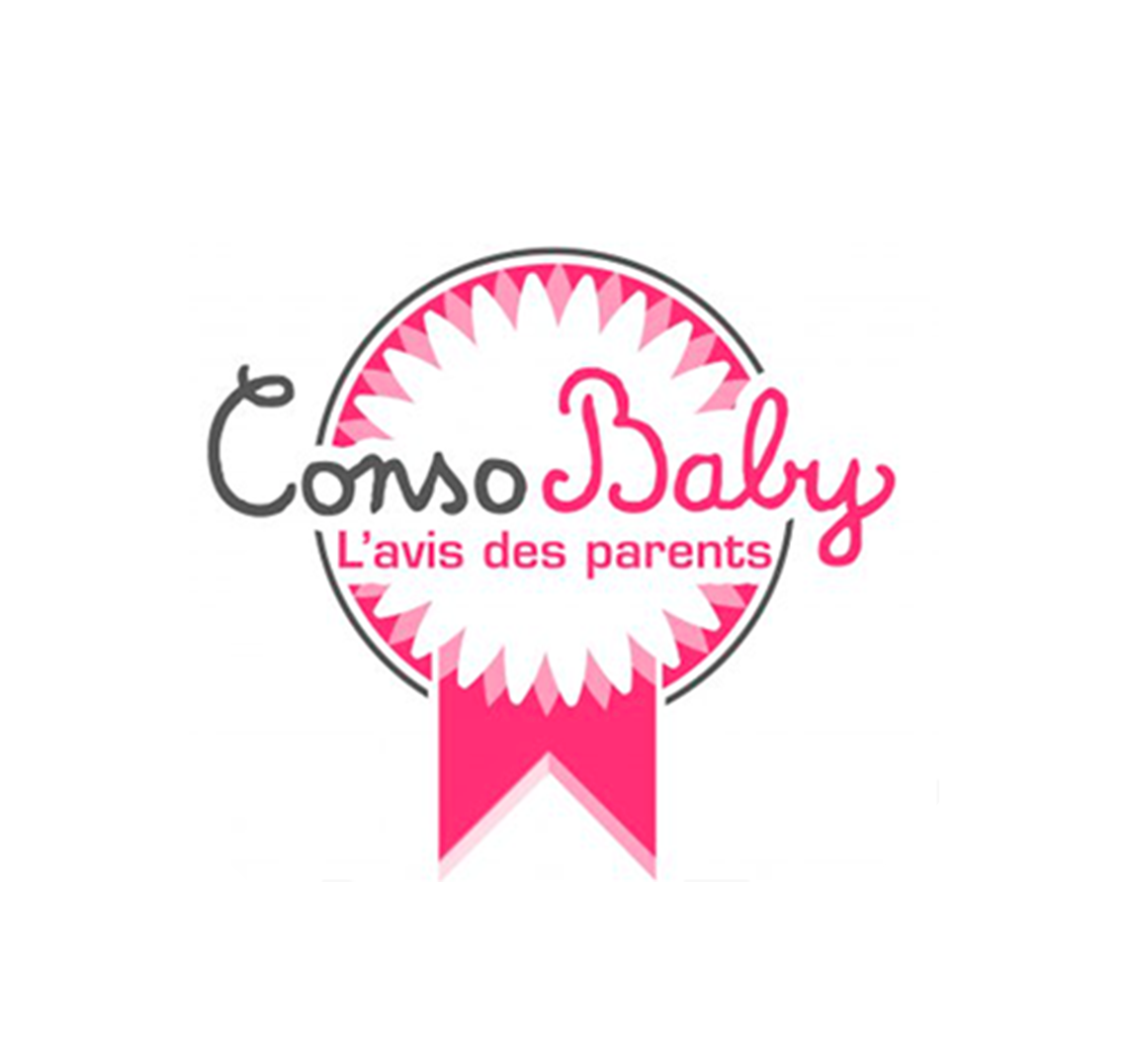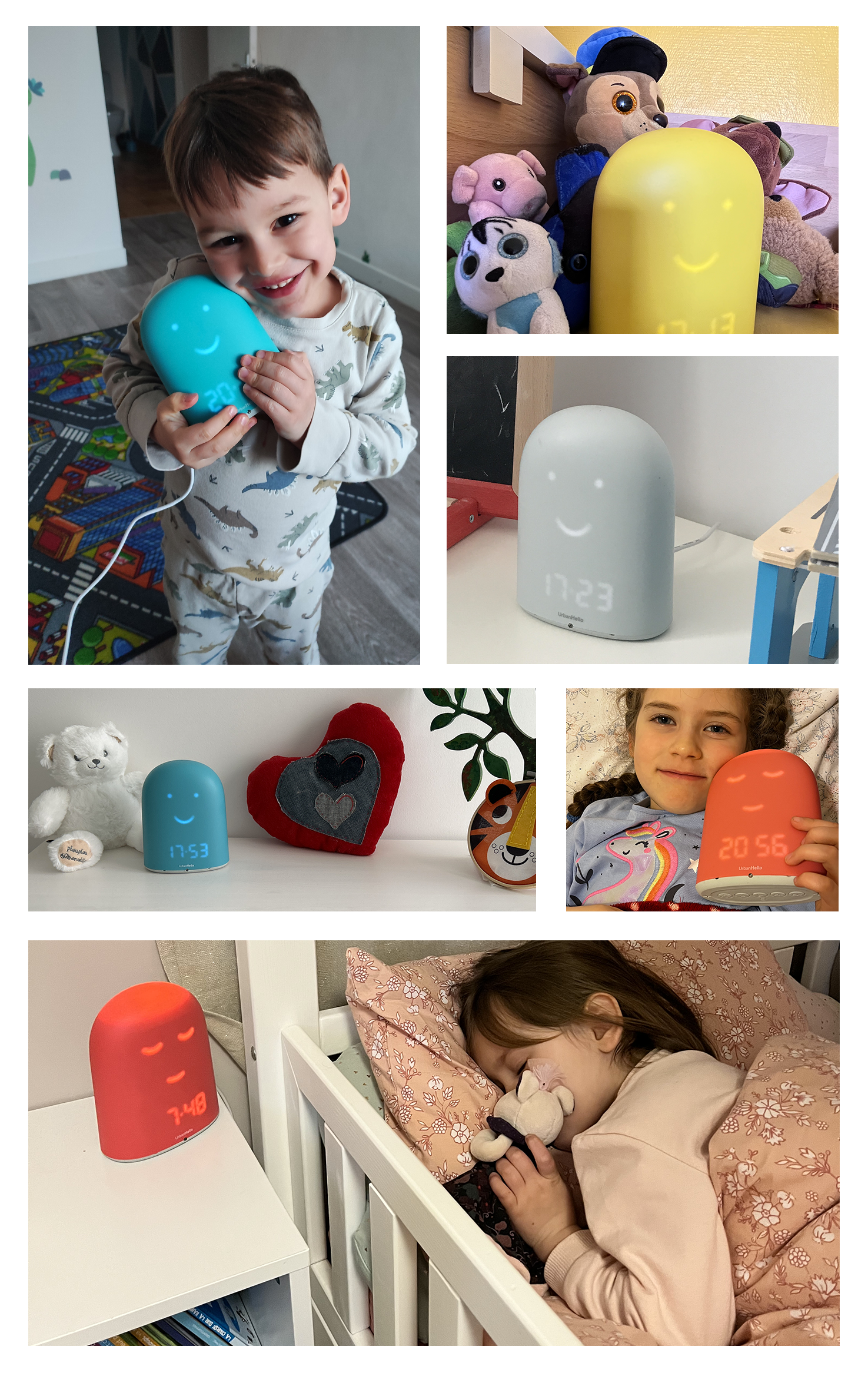White noise for baby : a scientific research !

There are countless ways to help your baby fall asleep, but one method has gained particular attention in recent years: white noise.
Despite its growing popularity among parents—thanks to tools like smart plush toys and YouTube videos—the scientific community has yet to establish a direct connection between white noise and improved infant sleep.
So, is it truly an effective way to soothe your baby to sleep, or just another parenting trend? In this article, we’ll take a closer look at the many sides of white noise for babies and give you the insights you need to make an informed decision.
What Is White Noise?
Let’s start with the basics!
What exactly is white noise? It’s simply a sound that contains a balanced mix of both low and high frequencies.
The term "white noise" actually comes from the concept of white light. Just as white light is made up of all the visible colors combined, white noise can be thought of as a harmonious blend of all the frequencies in the audible sound spectrum.
Sounds complicated? The truth is, you’ve probably heard white noise without even realizing it.
Although it’s possible to generate white noise artificially, many everyday items produce it naturally!
👉 For example: the hum of a washing machine or the sound of a vacuum cleaner.
Even nature can create white noise-like sounds! Have you ever noticed how the sound of rain against your window tends to lull you to sleep?
That’s because it closely mimics white noise. You could also think of the crashing of ocean waves or a gentle stream flowing nearby.
To put it simply, white noise is a random sound made up of all sound frequencies playing at once.
How Does White Noise Work for Babies?
While some parents instantly understand the appeal of white noise, others might wonder, "How can my baby fall asleep with all that background noise?"
It’s important to clarify: there is no direct scientific link between white noise and better sleep.
So how do we explain the fact that some babies fall asleep in minutes when the washing machine is running?
By using a full range of sound frequencies, white noise overwhelms the inner ear. This effect masks surrounding noises and helps block out sudden sounds that could disturb your baby’s sleep. It can also create a warm, cozy atmosphere that makes falling asleep easier.
This means your little one is likely already familiar with it, making it easier for them to fall asleep more quickly.
In fact, a baby’s hearing develops as early as the sixth month of pregnancy. Since amniotic fluid allows external sounds to pass through, babies hear the world around them—though in a muffled way.
It’s also worth noting that your baby hears the steady rhythm of your heartbeat and the gentle flow of blood through your veins every day!
👉 It’s also a great trick to keep your baby from waking up too often when you’re entertaining guests at home.
White Noise for Babies — Does It Actually Work?
There are very few robust scientific studies evaluating the effects of white noise on infant sleep, and most available research is either outdated or based on small sample sizes. The most well-known study, conducted in London in 1990 and titled "White Noise and Sleep Induction", observed two groups of 20 newborns aged 2 to 7 days.
It found that 80% of the babies exposed to white noise fell asleep in under 5 minutes, while 20% showed no response. Although often cited, this study is one of the only ones to suggest any significant effect of white noise on infant sleep—and its findings are limited by the small sample size.
Additional research has been carried out since then, but many studies raise concerns about conflicts of interest. Some have been funded by companies that manufacture white noise machines for babies, introducing the risk of biased outcomes aimed at supporting product sales.
Without more independent and large-scale studies, it remains difficult to draw firm conclusions about the true effectiveness—or potential risks—of white noise for children's sleep.
To date, no major follow-up research has been conducted. High research costs and a general consensus in the scientific community—that there is no proven link between white noise and long-term sleep improvement—have slowed further investigation.
While white noise may temporarily soothe some babies, researchers believe its effects are inconsistent and do not support long-term benefits. The lack of strong, independent evidence leads most experts to view white noise as a possible—but non-essential—tool for helping babies fall asleep, with no proven impact on overall sleep quality.
However, the study raised concerns about prolonged exposure to white noise: sustained listening may lead to deterioration in the central auditory system and the brain.
Although the research did not involve infants, it highlights the potential risks of continuous auditory stimulation—especially during critical stages of early development.

The Risks of Continuous White Noise Use
While white noise can help some babies fall asleep by masking background sounds, using it excessively or every night may pose risks to a child’s sleep development and independence. Experts generally advise against making white noise a consistent habit.
Here are the main concerns linked to continuous exposure:
- Sleep association dependency: White noise can become a sleep cue. If used consistently, your baby may develop a dependency, making it difficult to fall asleep without it.
- Difficulty falling back asleep: If your baby wakes up during the night and the white noise is no longer playing, they may struggle to self-soothe and fall back asleep, leading to fragmented sleep patterns.
- Continuous auditory stimulation: White noise delivers ongoing sound input. A baby’s developing auditory system cannot “switch off,” which may disrupt sleep quality. French health authorities (DRASS) have warned that this lack of auditory rest may prevent the brain and ears from achieving true restorative sleep.
- Masking the root causes of sleep issues: Relying on white noise may cause parents to overlook underlying problems—such as physical discomfort, room temperature, or actual sleep disorders—and only treat the symptoms. In such cases, white noise becomes a temporary crutch instead of a lasting solution.
- Watch the volume levels: A baby’s ears are more sensitive than an adult’s. It’s essential to keep the volume below the recommended limit—typically under 50 dBA. A 2014 study on white noise machines found that many devices emit high sound levels, even from several feet away. Prolonged exposure to loud volumes may lead to long-term hearing damage.
To reduce these risks, white noise should be used sparingly—during particularly noisy times or sleep regressions—always at a low volume and positioned at a safe distance from your baby’s crib.

Safe Tips for Using White Noise to Help Your Baby Sleep
While continuous or high-volume use may pose some risks, white noise can also be incredibly helpful!
For instance, it’s great for masking background noise when the house is busy—like when guests are over and your baby is sleeping upstairs, or during daytime naps to reduce ambient sounds. And since every baby is different, some may find the steady sound calming and soothing, making it easier for them to fall asleep.
To ensure white noise is used safely, here are a few simple precautions:
- Distance and volume: Place the white noise machine at a safe distance from your baby’s crib to reduce direct exposure. Experts recommend keeping the volume below 50 dBA to protect your baby’s sensitive hearing.
- Use it only at sleep onset: Ideally, white noise should help your baby fall asleep, but avoid keeping it on for several hours. Once your little one is asleep, it’s best to switch off the device and maintain a more natural sleep environment.
- Occasional use only: Reserve white noise for moments when your baby truly needs help settling down—like in noisy surroundings. It shouldn't become a daily habit or a must-have part of the bedtime routine to prevent long-term dependence.
By following these guidelines, white noise can be a safe and practical tool to support your baby’s sleep—while minimizing any potential risks.
How to Wean Your Baby Off White Noise
If you’re ready to move away from white noise, there are two main approaches—each with its own pros and challenges.
- Going cold turkey: This method involves stopping white noise abruptly, without any transition. While it may be tough at first, it can sometimes be the quickest route. Much like pulling off a bandage, it may lead to a few rough nights, but your baby will typically adapt within a few days and learn to fall asleep without the sound aid.
- Gradual reduction: The second approach involves slowly lowering the volume of the white noise each night. This gentler method gives your baby time to adjust. Decrease the volume by a few decibels every night until the sound is no longer needed. This helps your baby become accustomed to falling asleep in a quieter environment, naturally.
In both cases, remember that every child is different. One method may suit your baby better depending on their personality and how reliant they’ve become on white noise for sleep.
Discover REMI
THE SMART BABY MONITOR 😊
REMI and its app bring together everything you need to manage your baby’s sleep!
Its mission? Helping families sleep better — from birth up to age 10.
I bought REMI for my 4-year-old son who didn’t want to sleep alone anymore after his little sister was born. Thanks to the remote wake-up system and bedtime stories I can play from a distance, the issue is completely resolved! I 100% recommend this purchase!






 White noise for baby : a scientific research !
White noise for baby : a scientific research !
 What are the positive effects of napping on memory?
What are the positive effects of napping on memory?
 When do babies sleep through the night ? Tips and tricks !
When do babies sleep through the night ? Tips and tricks !
 Night terrors in babies: don't panic!
Night terrors in babies: don't panic!
 1 Month Old Baby Sleep : Common Questions
1 Month Old Baby Sleep : Common Questions